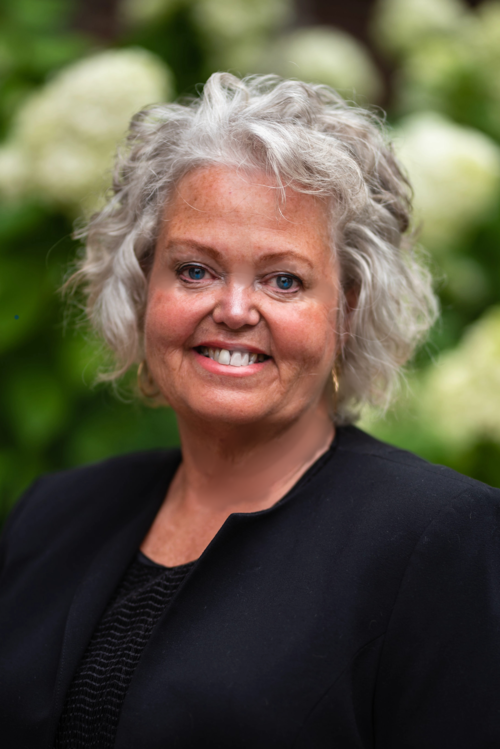At IES, we continue to think about ways to positively impact education practice through research. It is relatively straightforward to count and share the publications and research outputs produced by our grants. A bigger challenge is measuring the impact IES-funded research has on implementing evidence-based practice after the research project is complete. So we were thrilled when we received the following letter from Patrice Bain—a middle school teacher, author, education specialist, speaker, and consultant—who has worked closely with IES for many years.
I used to think of government agencies as impersonal bureaucracies often hidden from the public eye. One agency, IES, not only proved me wrong, it positively changed my life.
In 2006, Drs. Henry Roediger III and Mark McDaniel from Washington University in St. Louis obtained a grant from IES to research how students learn in an authentic classroom. The classroom where this research began was mine. And this is where the life-changing impact began.
The IES grant paid for technology to be used in my school’s classrooms and research assistants to aid our teachers. Heading up the research at my school was Pooja Agarwal, and this began a collaboration lasting over a decade.
In 2007, IES invited me to be the sole K-12 educator to co-author a practice guide. The large organization, to me, now had a face: Elizabeth Albro, who warmly welcomed me. I clearly recall sitting at a large table in Washington, DC, surrounded by my cognitive science superheroes: Drs. Hal Pashler, Mark McDaniel, Brian Bottge, Art Graesser, Janet Metcalfe, and Ken Koedinger. Each talked about important research that would impact learning in classrooms, and I knew my newly-expanded teaching repertoire now would be based in the science of learning. The final result of our meetings became the highly cited practice guide Organizing Instruction and Study to Improve Student Learning. In addition, information from this guide was featured on the website Doing What Works.
As Pooja and I delved into how retrieval, spacing, and metacognition played a role in student learning at my school, I was contacted by REL Mid-Atlantic, a part of IES that offers research-based professional development in Delaware, Washington, DC, New Jersey, Pennsylvania, and Maryland. Touting the benefits of teaching using the seven recommendations in Organizing Instruction and Study, I gave professional development presentations in the Mid-Atlantic regions with Drs. Hal Pashler, Ken Koedinger, and Nate Kornell.
Pooja and I also gave several presentations that included the research happening in my classroom. With IES funding, that research became a multi-year project involving over 1500 middle and high school students. With the passing of each year and research on learning becoming more defined, I was able to develop strategies utilizing retrieval, spacing, and metacognition. Pooja and I continued our collaboration. I was seeing success in the eyes of my students: I wasn’t just teaching content, I was teaching them how to learn.
A wealth of information on the science of learning seemed to be making a mark. Yet learning myths—those based on anecdotes and fads—were still circulating. To combat this, IES and NCER invited me to be on a working task group to tackle Neuromyths vs. Neurotruths. Once again, as I sat around a table in Washington, DC with learning superheroes, we explored how to begin to dispel prevalent myths of learning.
Because of IES and the opportunities I was given, I wanted to shout from a mountaintop that we can transform teaching. I’ve seen it. I’ve done it in my classroom. I realized a book started to brew within me. I’m not sure how the decision occurred, but I knew my collaboration with Pooja Agarwal was worthy of documenting. And so it began. We wanted to write a practical, evidence- and research-based book. Books had been written by cognitive scientists; books had been written by teachers. However, our book would be the first written by a cognitive scientist and an educator.
Powerful Teaching: Unleash the Science of Learning was released in June 2019. The ideas have resonated with educators across the globe. We are transforming education.
And it all started with IES approving a grant.